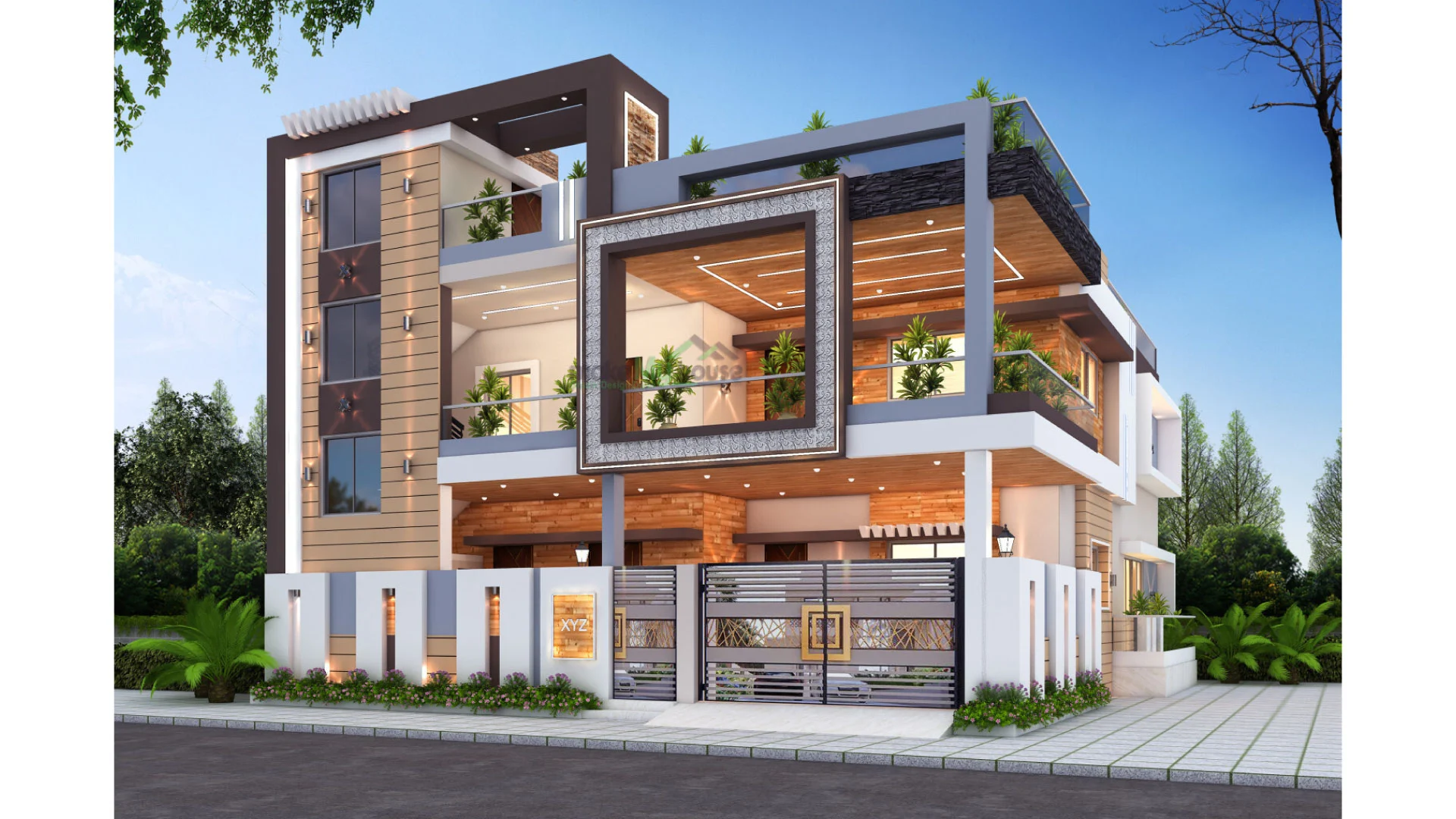In today’s world, sustainable home construction isn’t just a trend; it’s a necessity. As we aim to reduce our carbon footprint and protect the environment, sustainable practices have become paramount in the realm of home building. In this blog, we’ll explore how you can make eco-friendly choices and incorporate sustainable practices into your home construction project.
Table of Contents:
- Introduction
- The Foundations of Sustainable Home Construction
- Siting and Design
- Materials and Resources
- Energy Efficiency
- Green Building Certifications
- Innovative Sustainable Technologies
- FAQs: Navigating Sustainability in Home Construction
- What are the key benefits of sustainable home construction?
- How can I choose sustainable materials for my home construction project?
- Are there financial incentives for sustainable home construction?
- What are the primary energy-efficient technologies for sustainable homes?
- How can I ensure indoor air quality in a sustainable home?
Introduction
Sustainable home construction is about more than just reducing your carbon footprint; it’s about creating a comfortable, energy-efficient, and eco-friendly space for you and your family. This blog will guide you through the principles and practices of sustainable home construction, so you can make informed choices that benefit both your lifestyle and the environment.
The Foundations of Sustainable Home Construction
Siting and Design
The sustainability journey begins with the location and design of your home. Key considerations include:
- Site Orientation: Maximize natural daylight and minimize energy consumption by orienting your home to capture sunlight in winter and provide shade in summer.
- Efficient Design: Compact, well-planned layouts can reduce energy waste and heating and cooling costs.
- Materials and Landscaping: Choose eco-friendly materials and design a landscape that conserves water and supports local flora and fauna.
Materials and Resources
Selecting sustainable materials is crucial for minimizing environmental impact. Consider these options:
- Recycled and Reclaimed Materials: Incorporate materials made from recycled or reclaimed resources, such as reclaimed wood or recycled glass countertops.
- Local Sourcing: Choose materials that are sourced locally to reduce transportation-related emissions.
- Eco-friendly Insulation: Opt for insulation materials like cellulose, which is made from recycled paper and has a lower environmental impact.
Energy Efficiency
Energy-efficient design and technologies play a central role in sustainable home construction:
- Proper Insulation: Ensure your home is well-insulated to reduce energy consumption and maintain a comfortable indoor environment.
- High-efficiency HVAC Systems: Choose heating, ventilation, and air conditioning systems with high-efficiency ratings to lower energy usage.
- Solar Panels: Solar energy systems can power your home with clean, renewable energy.
Green Building Certifications
To ensure your home meets sustainable standards, consider obtaining green building certifications like LEED (Leadership in Energy and Environmental Design) or ENERGY STAR. These certifications evaluate your home’s sustainability, energy efficiency, and environmental performance.
Innovative Sustainable Technologies
Innovations in sustainable technologies are continuously evolving. Consider these options to take your sustainable home to the next level:
- Smart Home Integration: Smart thermostats, lighting, and energy management systems can optimize energy usage.
- Green Roofing: Green roofs feature vegetation that improves insulation, reduces stormwater runoff, and provides a habitat for local wildlife.
- Greywater Systems: These systems recycle wastewater from sinks and showers to irrigate landscaping, reducing water usage.
FAQs: Navigating Sustainability in Home Construction
- What are the key benefits of sustainable home construction?
Sustainable home construction benefits you by lowering energy costs, improving indoor air quality, and reducing environmental impact. It also increases the resale value of your home and contributes to a more sustainable future.
- How can I choose sustainable materials for my home construction project?
Look for materials made from renewable resources, recycled or reclaimed materials, or those with third-party certifications like FSC (Forest Stewardship Council) for wood products or Cradle to Cradle for various building materials.
- Are there financial incentives for sustainable home construction?
Many governments and utility companies offer incentives, rebates, and tax credits for sustainable home construction. These incentives can help offset the upfront costs of eco-friendly upgrades.
- What are the primary energy-efficient technologies for sustainable homes?
Key energy-efficient technologies include LED lighting, high-efficiency HVAC systems, proper insulation, Energy Star-rated appliances, and solar panels for clean energy generation.
- How can I ensure indoor air quality in a sustainable home?
Use low-VOC (volatile organic compounds) paints and finishes, and incorporate proper ventilation systems to ensure healthy indoor air quality. Consider air purification systems if needed.
By embracing sustainable practices in home construction, you not only reduce your environmental impact but also create a healthier, more energy-efficient, and cost-effective living space. It’s a win-win scenario that benefits both your family and the planet.












Thanks a lot for sharing with us.